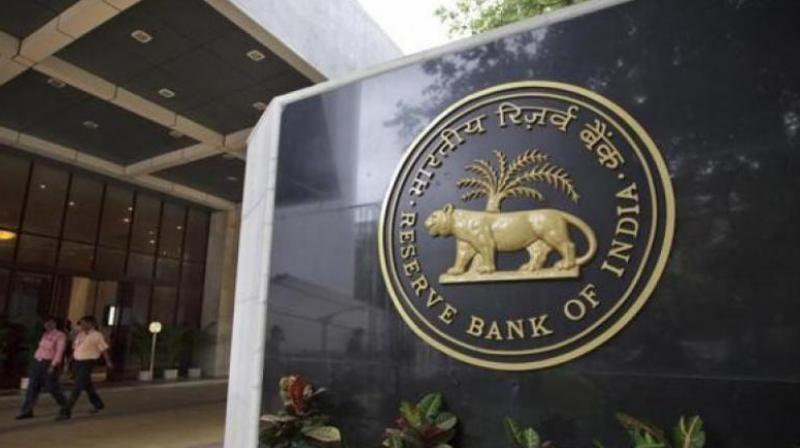RBI feels bank rates will drop after benchmarking
Rate was cut due to slowdown, fall in investments.

Mumbai: The members of the Reserve Bank of India’s (RBI) Monetary Policy Committee were of the view that monetary transmission continues to remain staggered and incomplete but were hopeful that the new set of norms on external benchmarking would improve the transmission, according to the minutes of the October 4 bi-monthly monetary policy review released on Friday. All the six members of the MPC had voted in favour of a rate cut.
On October 4, the MPC lowered interest rates for a fifth straight time after data showed economic expansion slowed to a six-year low of five per cent in the quarter ended June. Since February 2019, the RBI has delivered 135 basis points (bps) of cuts in its key lending rate. However, the decline in the lending rates by banks on new loans was just 29 basis points while rates shot up for old borrowers by seven basis points. One basis point is one hundredth of a percentage point.
RBI governor Shaktikanta Das said, “Overall liquidity in the system remained in surplus in August and September. However, monetary transmission has remained weak. As against the cumulative policy repo rate reduction of 110 bps during February-August 2019, the weighted average lending rate (WALR) on fresh rupee loans of commercial banks declined by 29 bps. The WALR on outstanding rupee loans, in contrast, increased by 7 basis points. However, with the external benchmark framework coming into force from October 1, the transmission is expected to improve in the coming weeks and months.”
“Compared to the last review, monetary transmission has become worse,” noted external member Chetan Ghate.
“This is despite the MPC cutting rates by 110 bps in the February-August window. The RBI should be commended for implementing a new set of norms on external benchmarking. This will help with monetary transmission. But as Milton Friedman said, monetary policy works with long and variable lags. In the Indian case, these lags are made worse by frictions in the banking system, complicating the MPC’s efforts to implement counter-cyclical policy,” added Ghate.
“With respect to transmission, between February and August 2019, the cumulative reduction in the policy repo rate has been 110 basis points, much of which is yet to be transmitted, although the financial markets have taken cognizance. While the importance of transmitting existing rate cuts before committing to fresh ones cannot be overstated, the recent linking of lending rates to external benchmarks is expected to expedite the process,” said Pami Dua.
Das said that overall, domestic demand has moderated and the weakening of private consumption, which for long has been the bedrock of aggregate demand, is a matter of concern.

